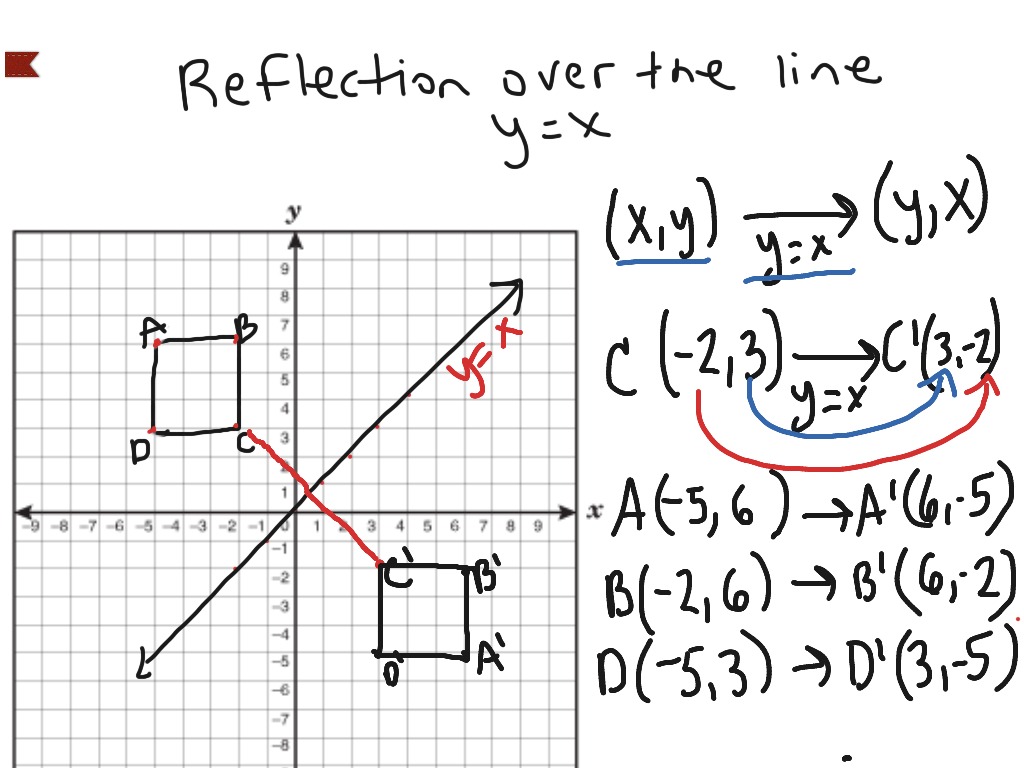

Notice that the y-intercept always occurs where x=0, and the x-intercept always occurs where y=0. The y-intercept above is the point (0, 2). The x-intercept above is the point (−2,0). Every point on this line is a solution to the linear equation. The arrows at each end of the graph indicate that the line continues endlessly in both directions. Then you draw a line through the points to show all of the points that are on the line. However, it’s always a good idea to plot more than two points to avoid possible errors. Two points are enough to determine a line. One way is to create a table of values for x and y, and then plot these ordered pairs on the coordinate plane. There are several ways to create a graph from a linear equation.

A linear equation is an equation with two variables whose ordered pairs graph as a straight line. There are multiple ways to represent a linear relationship-a table, a linear graph, and there is also a linear equation. In this case, the relationship is that the y-value is twice the x-value. You can think of a line, then, as a collection of an infinite number of individual points that share the same mathematical relationship. Look at how all of the points blend together to create a line. You have likely used a coordinate plane before. The coordinate plane consists of a horizontal axis and a vertical axis, number lines that intersect at right angles. This system allows us to describe algebraic relationships in a visual sense, and also helps us create and interpret algebraic concepts. The coordinate plane can be used to plot points and graph lines.

In his honor, the system is sometimes called the Cartesian coordinate system. The coordinate plane was developed centuries ago and refined by the French mathematician René Descartes. (1.3.1) – Plotting points on a coordinate plane


 0 kommentar(er)
0 kommentar(er)
